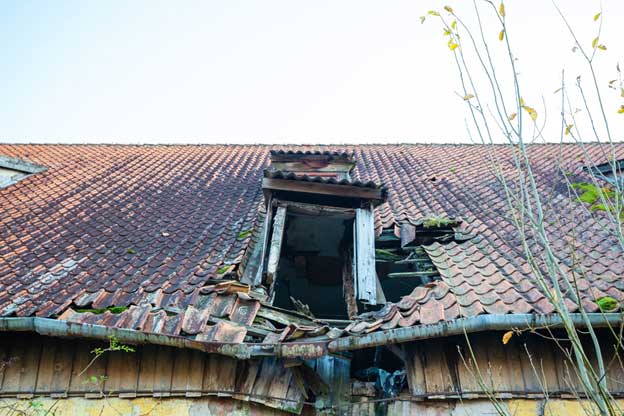
A home is an investment for the future, and a dependable roof is necessary to maintain the quality of your home for years to come. But if you walk outside one morning and discover that the precise shape of your roof is no longer precise, it’s easy to feel hopeless and frustrated. There are many reasons why roofs begin to sag over time, and some of them can be avoided to lengthen the lifespan of your roof. Here are some solutions to a sagging roof that might save you thousands of dollars in repairs or replacements.
1. Excess Weight
In sunny Southern Utah, excess weight up on the roof isn’t a common occurrence. But if you live anywhere that is cold and icy, the weight of the fallen snow can be an unexpected danger. Every roof is rated to withstand a certain amount of weight. But if the snow continues to fall and piles up, you may soon hear your roof creaking under the strain.
The simplest solution for removing the weight is to get up onto the roof and shovel it to the ground. This can also be done with an ice rake, depending on the density of the snow. Of course, slipping off of the roof and damaging any shingles are the two main problems that can arise. If you have never done snow removal from your roof before or find that amount is too much for you to handle alone, consider calling a roofing company. They can help relieve your roof’s burden before it begins to sag.
2. Age
No matter how well we maintain them, age will begin to affect the structural stability of our homes. Roofs are built to last fifteen to seventy years depending on the quality of the work and materials used in their construction. This expiration date can be diminished by poor craftsmanship or unexpected flaws.
If your home is old and you have no other reason to believe your roof is deteriorating besides age, it may be time to replace the roof rather than repair it. Having a dependable roof over your head will protect and preserve the rest of your home, not to mention give your home a boost in property value.
3. Water Damage
Of all the reasons for a roof to sag, this is perhaps the worst one. Water damage can be caused by many different flaws, such as clogged or damaged gutters, unreplaced shingles, or poor roofing materials. While trouble may be obvious if you begin to feel raindrops in your living room, sometimes water damage can go unnoticed for a long time. This can lead to mold and rot, causing the structure to bend.
Whether you need to repair or replace your roof depends on the amount of water damage your roof has sustained. Unfortunately, if the roof has begun to noticeably sag, chances are likely that you will need a full roof renovation. In these cases, Unified Roofing is dedicated to easing our customer’s worries and protecting their homes from further damage. Contact us today for reliable roofing solutions!


